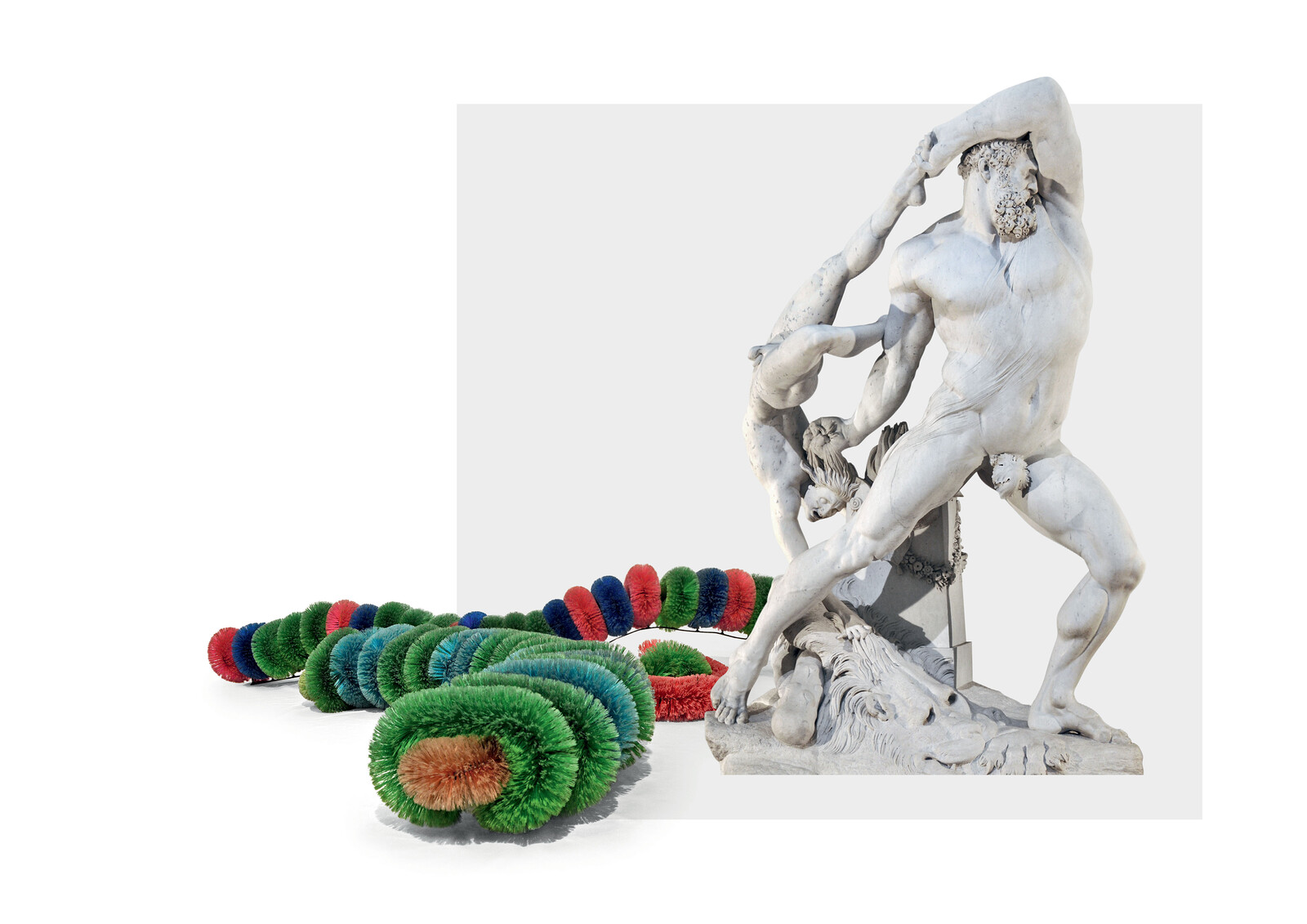October 11, 2016–April 15, 2018
Viale delle Belle Arti, 131
00197 Rome
Italy
T +39 06 3229 8221
gan-amc.uffstampa@beniculturali.it
Facebook / Twitter / Instagram / Pinterest / #LaGalleriaNazionale / #TimeIsOutOfJoint
The Galleria Nazionale d’Arte Moderna e Contemporanea has started a new chapter in its history with the exhibition Time is Out of Joint. The display is part of a wide process—initiated on June 21, 2016 and lead by Director Cristiana Collu—aimed at transforming, rearranging, and renovating the museum, which now offers the public totally renewed spaces and a profound reinterpretation of its collection.
Thanks to the institutional autonomy granted by the latest reform of the Italian Culture Ministry (MiBACT), the Galleria Nazionale presents itself as a place for discover and research, contemplation and reflection upon art languages and practices and upon the role of a contemporary museum.
The exhibition, whose title quotes a verse from William Shakespeare’s Hamlet—“The time is out of joint”—investigates the notion of time in its fluidity, non-linearity, and stratification; a fragmented time which seems to embody art historian Hans Belting’s dilemma “the end of the history of art, or art’s freedom.”
Hamlet’s line “the time is out of joint” unhinges the best translations, whose “excellence can do nothing about it,” claims Jacques Derrida in his many pages of tightly packed ruminations on the subject. We, too, could list the many translations that turn “time” into “il tempo” but also into world or nature, and “out of joint” into out of sorts, off its hinges, out of square, disjointed, unhinged, disconnected.
In this exhibition time needs to be realigned, or “set to rights,” by weaving new, unexpected relationships in the symbolic space of the museum in a sort of simultaneous coexistence. These are relationships that shun the orthodox and codified laws of chronology and history (of art), but move free and unencumbered in a sort of anarchy which, as upheld by a certain feminine tradition I embrace, has nothing to do with disorder but invokes something else that comes before rules. Time is Out of Joint offers a dissent, a disobedience, a subversion so natural that as Edmond Jabès describes, it is “one of the privileged moments when our precarious balance is restored” and a tiny opening appears. A point source and a persistence that defeats all chronological certainty and introduces a plastic temporality that behaves like the Higgs boson, depending therefore on our gaze. And in a true work of assembly, with the partiality that every choice or selection entails, it topples chronological historical time; anachronizes past, present and future; and reconstructs and decants a different time, while emphasizing intervals and durations, advances and setbacks. A time rife with faults, fractures, voids, fits and starts, suggesting numerous combinations like those that Time, without hesitation, exposes to the light of day. We move in space through the viewing rooms and the works, where the images are fixed in simultaneous interaction, as if both prequels and sequels: a cinema in reverse, where “photography” or vision plays a key role in crystallizing and withholding tensions so fertile even in their restrained presence. “Time” reveals a cinematographic tempo, a story, a flow of memory, an anticipation of what will be, and tries to resemble us more than an art history text can do.
A linear vision of history is utterly abandoned: in the exhibition rooms artworks are present as sediments of the long life of the museum, and those from different centuries coexist in the same space, from Antonio Canova, Giacomo Balla, Alighiero Boetti, Alberto Burri, Giuseppe Capogrossi, Paul Cézanne, Giorgio De Chirico, Marcel Duchamp, Lucio Fontana, Alberto Giacometti, Francesco Hayez, Gustav Klimt, Joseph Kosuth, Jannis Kounellis, Amedeo Modigliani, Piet Mondrian, Vincent van Gogh to Marion Baruch, Cristina Lucas, Adrian Paci, Alessandro Piangiamore, Luca Rento, Sophie Ristelhueber, Davide Rivalta, Jeff Wall just to mention but a few.
Press materials: gan-amc.uffstampa [at] beniculturali.it


